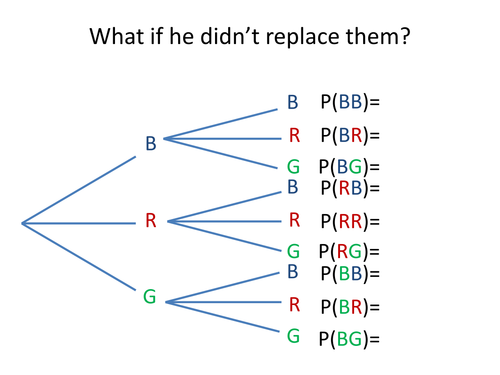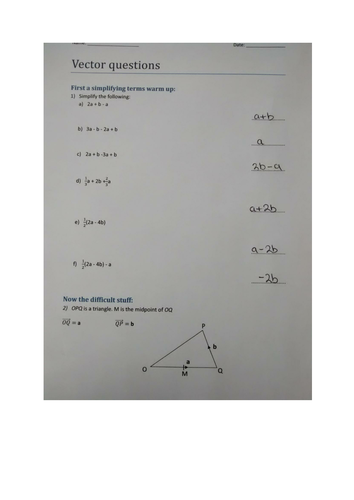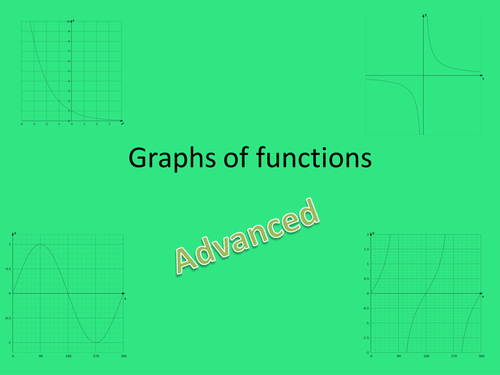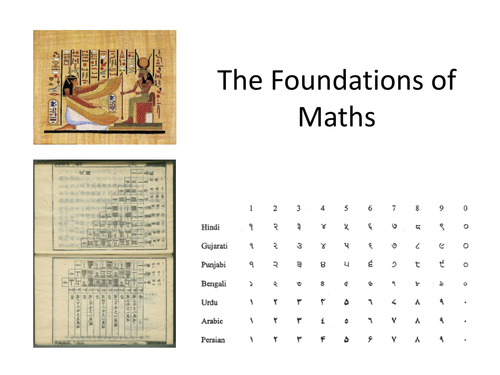Dr MathsPhysics's Shop
I'm a maths tutor, a physics tutor, and an experienced resource developer. I've created courses and resources for colleges, including Wolsey Hall Oxford. In this shop I provide resources specially tailored for teachers. If you like the resources please do say so! Feedback is also greatly appreciated.























